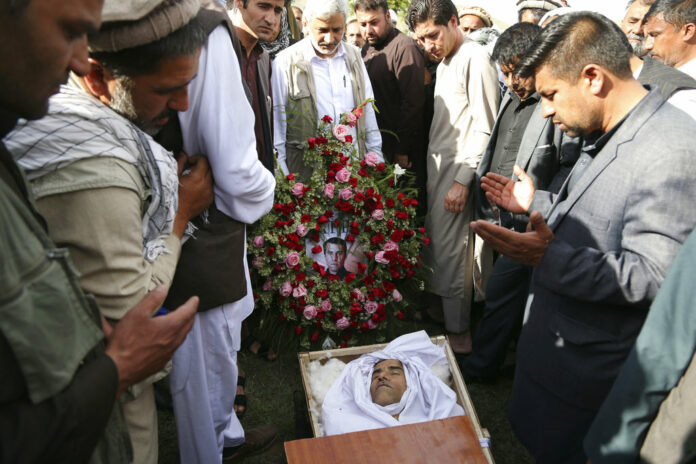
BANGKOK — Nine in 10 of the 530 journalists killed in a recent five-year span were local reporters, and justice for their deaths was rarely found, according to a UN report released Thursday.
Today is World Press Freedom Day, and to mark the occasion, UNESCO called attention to the large numbers of journalists killed worldwide – two a week from 2012 to 2016 – at an event held at the Foreign Correspondents’ Club of Thailand.
“Although the killings of foreign correspondents tend to garner global publicity, 92 percent of journalists killed during this period were local reporters,” according to the World Trends in Freedom of Expression and Development report.
The vast majority of those killings went unanswered.
“Impunity for crimes against journalists remains the norm, with justice in only one in ten cases,” it said.
Speaking at the event, UNESCO regional advisor Misako Ito said internet users in Southeast Asia have been prosecuted for what they write online.
“Defamation and lese majeste have limited the right to impart information, especially online,” Ito said, adding that blocking websites and internet services has been conducted without a well-defined legal basis.
Indeed, the report noted continued legal restrictions on media freedom, including laws such as defamation, insult, blasphemy and lese majeste. What’s more, national security concerns, states of emergency and anti-terrorism laws have curtailed freedom of expression around the world.
“Citing a range of reasons, including national security, governments are increasingly monitoring and also requiring the take-down of information online, in many cases not only relating to hate speech and content seen to encourage violent extremism, but also what has been seen as legitimate political positioning,” it said.
https://twitter.com/UNESCO/status/991557396957982720
Swedish Ambassador Staffan Herrstrom said at the event co-hosted by his embassy that many countries allow online freedom of expression except for people they deem to be breaking the law. Herrstrom said one must ask whether those laws are repressive or democratic.
The report found that the number of times access to the internet access was shut down in around the world rose from 18 in 2015 to 56 in 2016, matched by an increase in blocking and filtering.
On media pluralism, the percentage of individuals with access to the internet rose from 34 percent of the world’s population in 2012 to 48 percent in 2017. The availability of media content also dramatically increased through sharing and user-generated content on social media.
The report warns about the echo chamber effect of social media, which reinforces existing views and produces “increasingly siloed debates,” however. Another concern raised was the rapid proliferation of so-called fake news.
On gender parity, the report noted that women remain underrepresented in media around the globe with only one in four decision-making positions held by women.
Only one in three reporters are women, while only one in five experts interviewed are women.
















































